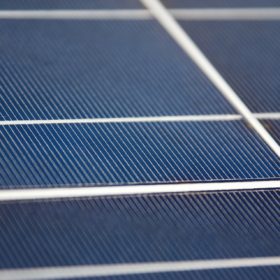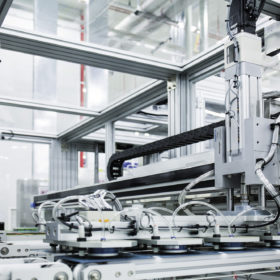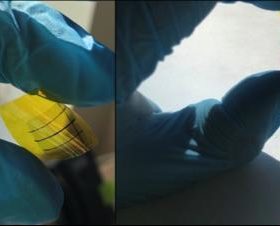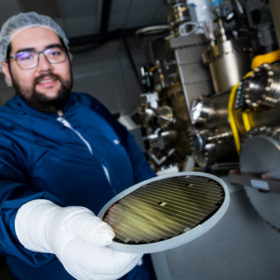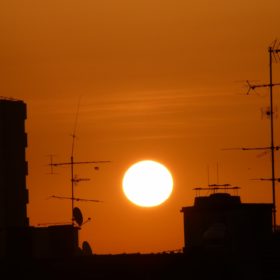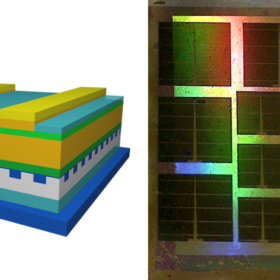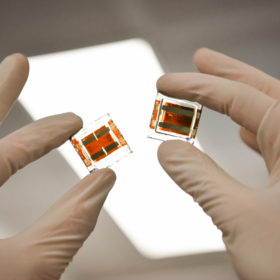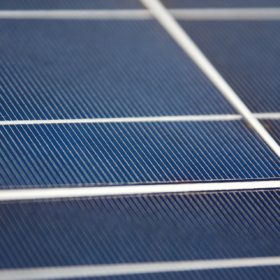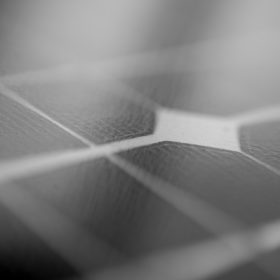The ‘butterfly effect’ of Chinese PV listings
A recent study shows that PV costs have declined faster than any other energy technology over the past two decades. The researcher behind the study said this would not have been possible without the “butterfly effect,” which is based on the idea that a small change in one part of a complex system can have a large impact elsewhere. The researcher also attributed the the rapidly declining cost of PV to Chinese manufacturing and strong US investor support.
South Korea’s roadmap to drive down solar costs
The government has unveiled a plan to help the PV industry reduce the cost of solar panels from around $0.23/W to $0.10/W by 2030. The plan also aims to reach module efficiencies of around 24% – up to 35% for multi-junction cells – by the end of the next decade.
International research group claims 8.8% efficiency for amorphous solar cell
The new cell is based on a p-type transparent conductor made of carbon nanotube fibers. The device is said to offer 16% more efficiency than rival amorphous cells.
Germanium use reduced in GaAs solar cells by new two-step process
Researchers from Canada have unveiled a new germanium deposition process which is said to eliminate threading dislocations and be significantly cheaper than previous approaches. The scientists say their technique creates nanovoids on the surface of the germanium layer which can attract and annihilate undesirable dislocations.
New antenna for a better photon harvest
An Italian research team has developed a device that it says can easily be integrated into a PV cell, and can boost its efficiency by converting more light particles into a high energy state before they are absorbed by the cell. The scientists claim that their innovation could offer a green‐to‐blue photon upconversion yield as high as 15%.
The ballooning potential of curved solar cells
Researchers in the U.S. claim to have developed a manufacturing process based on the use of a latex balloon that could lead to the production of more efficient curved electronic devices, including hemispherical solar cells.
German-French scientists develop ultra-thin GaAs solar cell with 19.9% efficiency
The researchers have developed a new manufacturing process by using an ultra-thin absorbing layer made of 205-nanometer-thick gallium arsenide (GaAs) and a nanostructured back mirror.
Copper iodide, another option to stabilize perovskite cells
A research team from Russia’s institutes NUST MISIS and IPCE RAS, and Italy’s University of Rome Tor Vergata, have applied an additional layer of p-type copper iodide semiconductor between perovskite and the hole-transport NiO layer of the cell. According to the scientists, this inorganic material is more accessible and easy-to-use.
URE lowers solar cell production in response to declining demand
The Taiwanese manufacturer has confirmed plans to focus on PERC cell production, while scaling down its operational cell capacity from 5 GW to 2.5 GW. It said it could return to full capacity if cell demand rises again, however.
Russian scientists aim to enhance cell efficiency with gadolinium oxide nanoparticles
A Russian research team believes that the addition of rare-earth ions into the structure of photonic nanoparticles could help to increase the efficiency of industrial solar cells to 25–30%. However, they also said that further research is necessary.
